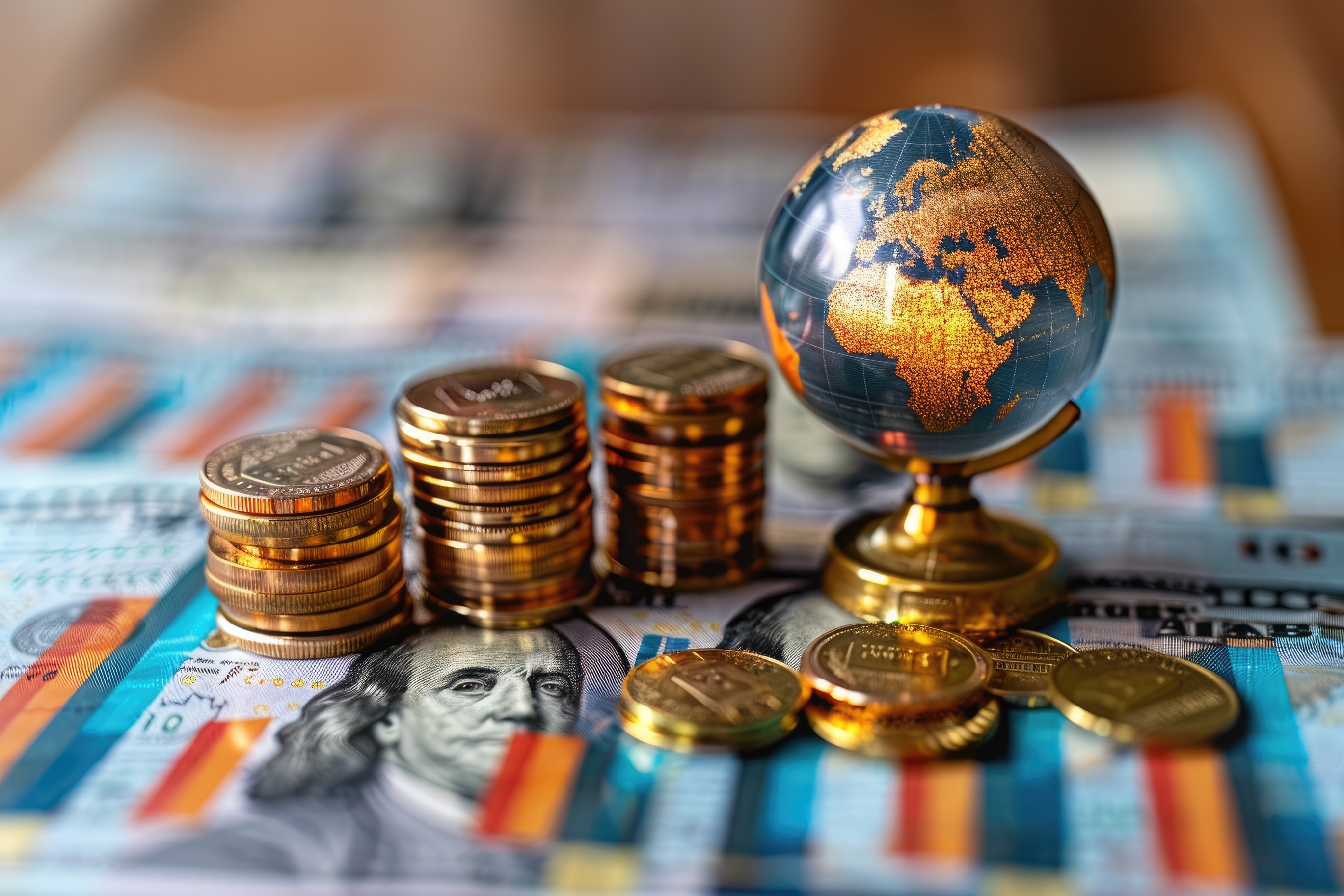How War Fuels Inflation and Price Volatility
Written by Arbitrage • 2025-09-29 00:00:00

Geopolitical conflict doesn't just reshape borders and politics; it often shakes the global economy. One of the most immediate and far-reaching effects of war is its impact on inflation and price volatility. From energy costs to grocery bills, the consequences ripple through households and markets alike.
- Supply Shocks and Rising Costs: Wars frequently disrupt supply chains and limit access to essential resources, such as oil, gas, grain, and key industrial metals. When supply is suddenly reduced, prices rise. For example, conflicts in energy-producing regions can drive oil prices higher overnight, resulting in more expensive transportation, electricity, and consumer goods.
- Commodity Market Volatility: Uncertainty during conflict often drives speculation in commodity markets. Investors rush to buy assets like oil, wheat, and gold as safe havens, creating sharp price swings. These fluctuations can make it difficult for businesses to plan and for consumers to accurately predict costs, thereby further fueling inflationary pressures.
- Central Bank Dilemmas: When inflation rises due to war-related shocks, central banks face tough choices. Do they raise interest rates to contain inflation, potentially slowing growth further, or do they keep rates lower to support economies under stress? This policy balancing act often adds to financial market volatility.
- Consumer Impact: For everyday households, war-driven inflation shows up in higher grocery bills, rising fuel prices, and increased costs of goods and services. As necessities eat up more of the budget, discretionary spending falls - thus slowing economic momentum and creating a feedback loop of uncertainty.
Closing Thoughts
War heightens inflation and price volatility in ways that affect both investors and consumers. While policymakers work to stabilize markets, businesses and households still feel the strain of rising costs and unpredictable price swings. For investors, understanding these dynamics is critical - not only to manage risk, but also to identify opportunities in sectors that may benefit, such as energy, defense, and safe-haven assets.